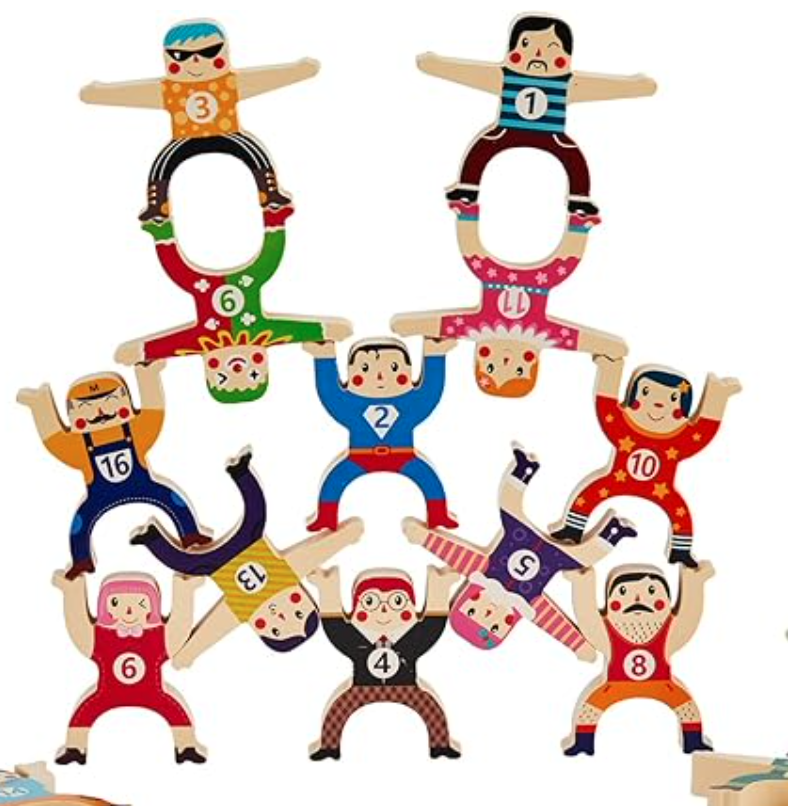Dumbo the Flying Elephant
Dumbo the Flying Elephant is a beloved attraction located in Walt Disney World's Magic Kingdom, captivating visitors with its whimsical design and gentle ride experience. As riders embark on this enchanting journey, they ascend and descend in their very own Dumbo, offering a unique aerial view of Fantasyland. This ride not only provides an enjoyable experience for families but also presents an educational opportunity for discussion around themes such as family, circus life, and the animal kingdom.
As children and their guardians ride Dumbo, they can reflect on the iconic story of Dumbo, an elephant who learns to embrace his differences and discovers his potential with the support of his mother—a powerful narrative about love and family bonds. Moreover, the backdrop of circus life allows for conversations about the history and culture of circuses, encouraging discussions about the role of animals in entertainment and the importance of their well-being. Lastly, by observing the intricately designed elephants and their joyous movements, visitors can gain a deeper appreciation for wildlife and the importance of animal conservation. This beautiful blend of fun and education makes Dumbo the Flying Elephant not just a ride, but a rich, immersive experience.
Pre-K and Kindergarten
Sorting and Categorizing: Sorting and categorizing activities are vital in the early educational experiences of pre-K and kindergarten students. These activities not only make learning engaging but also support cognitive development by enhancing critical thinking and problem-solving skills. By observing and classifying objects based on shared attributes—such as shape, size, color, or function—children develop their abilities to recognize patterns and make connections, which are fundamental to mathematical reasoning. Additionally, sorting fosters language development as students learn to describe their thought processes and articulate their reasoning behind the categories they create.
Fine Motor Skills: Stacking activities offer a myriad of educational benefits for pre-K and kindergarten students, making them a valuable addition to early learning experiences. Engaging in stacking helps enhance fine motor skills as children grasp and balance various objects, promoting hand-eye coordination and dexterity. Furthermore, these activities encourage critical thinking and problem-solving, as children experiment with different ways to build structures and discover the principles of balance and gravity. Stacking also introduces basic mathematical concepts, such as height, comparison, and spatial awareness, fostering an understanding of geometry in a playful manner. Ultimately, stacking serves as an enjoyable way for young learners to explore their creativity while developing essential skills necessary for future academic success.
Lower and Upper Elementary
Reading and Comprehension: Learn about stories with morals in the Ultimate Magic Kingdom Workbook. Reading the story of Dumbo can impart valuable lessons to elementary students, particularly in the areas of self-acceptance, perseverance, and the importance of friendship. As Dumbo embarks on his journey of self-discovery, children learn about the significance of embracing their unique qualities, which fosters a sense of self-worth and confidence. The narrative highlights the challenges Dumbo faces due to his differences, demonstrating the importance of resilience in overcoming obstacles and setbacks. Additionally, the supportive relationships he forms along the way showcase the value of friendship and kindness, teaching children the impact of empathy and collaboration. Through Dumbo's experiences, students not only engage with a beloved character but also reflect on important moral lessons that are essential for their personal growth and social development.
Middle School
Probability and Statistics: Circus games often involve elements of chance, making them excellent examples of probability in action. For instance, when tossing rings onto bottles or trying to knock down cans with a ball, players rely on their understanding of probability to predict the likelihood of success. These games illustrate how the outcome is influenced by random events and the choices made by the player. Understanding probability helps players devise strategies to improve their chances of winning, which enhances the enjoyment and engagement of the games.
Learning about probability is a crucial math skill for middle school students, as it lays the foundation for more complex mathematical concepts they will encounter in high school and beyond. Probability teaches critical thinking and decision-making skills, enabling students to assess risks and make informed choices in everyday life, whether they're predicting outcomes in games, analyzing data, or understanding statistics in news reports. By grasping the fundamentals of probability, students cultivate a more analytical mindset that is beneficial in both academic and real-world scenarios.






